Seeing Differently
Why Street Photography Speaks to So Many
Photography, at its core, is one of the few art forms that allows an artist’s vision to be captured in an instant. Unlike painting, sculpture, or writing, photography freezes a fleeting moment with the press of a shutter. It’s immediate, reactive, and often intuitive.
Within this broad art form, street photography holds a unique and captivating place. Unlike other genres—documentary, portraiture, landscape, wildlife—which often follow certain conventions or rely on controlled environments, street photography thrives on unpredictability. It resists narrow definitions because it is deeply personal and subjective. One photographer might focus on gestures and human expression, another on geometry and light, and yet another on irony, humor, or surreal juxtapositions. There is no single way to do it—and that’s part of the appeal.
The genre’s essence lies in serendipity, surprise, and improvisation. You never know what the street will offer—an unexpected gesture, a fleeting glance, a curious interaction between people and place. This sense of the unknown fuels creativity and demands a kind of alertness that is both exhilarating and meditative.
Street photography is also, more often than not, a solitary pursuit. While workshops and photo walks have their place, I’ve found that my most meaningful images emerge when I’m alone—quietly navigating a neighborhood or city, attuned to the rhythms of daily life. Being solo allows me to slow down, observe without distraction, and let intuition guide me.
It’s also one of the most democratic genres in photography. You don’t need exotic locations or expensive gear. All you need is curiosity, patience, and a willingness to be surprised. Street photography invites you to engage with the world around you—to see the extraordinary in the ordinary.
And perhaps most importantly, it trains you to see—not just as a photographer, but as a human being. To notice light falling on a wall, the choreography of crowds, or the brief connection between strangers. Over time, this habit of seeing becomes a way of life.
A Genre as Varied as Its Practitioners
To truly appreciate the range of what street photography can be, here are a few photographers whose work highlights its diversity:
Vineet Vohra – India
Though well-known in street circles, Vineet isn’t a “master” in the traditional sense. His work blends rhythm, humor, and narrative into the visual chaos of Indian streets—offering layered storytelling through strong composition.
Lee Chapman – Tokyo, Japan
Based in Tokyo, Lee Chapman captures everyday moments with subtlety and cultural insight. His images reflect quiet gestures and the contrasts of urban life in Japan. Through his blog Tokyo Times, he pairs photographs with thoughtful narratives.
Suresh Naganathan – India
Suresh’s work often blends humor, color, and visual wit. He captures moments that are layered and playful—offering fresh, imaginative takes on the familiar. His style is bold and evocative.
Rui Palha – Portugal
A respected voice in Lisbon’s street photography scene, Rui’s black-and-white images focus on urban solitude, emotion, and timeless human stories.
Melissa Breyer – USA
Based in New York, Melissa’s minimalist street photography explores light, shadow, and solitary figures—creating work that’s contemplative, atmospheric, and cinematic.
These photographers—and countless others—prove that there’s no single way to do street photography. The genre’s boundaries are constantly being pushed and redefined, and that’s exactly what makes it so exciting.
Whether you're drawn to light, color, characters, or chaos, the street always has something to offer—if you're willing to look.
What draws you to the street?
Know other contemporary street photographers I should check out? I’d love to hear from you—feel free to leave a comment or reply to this post.



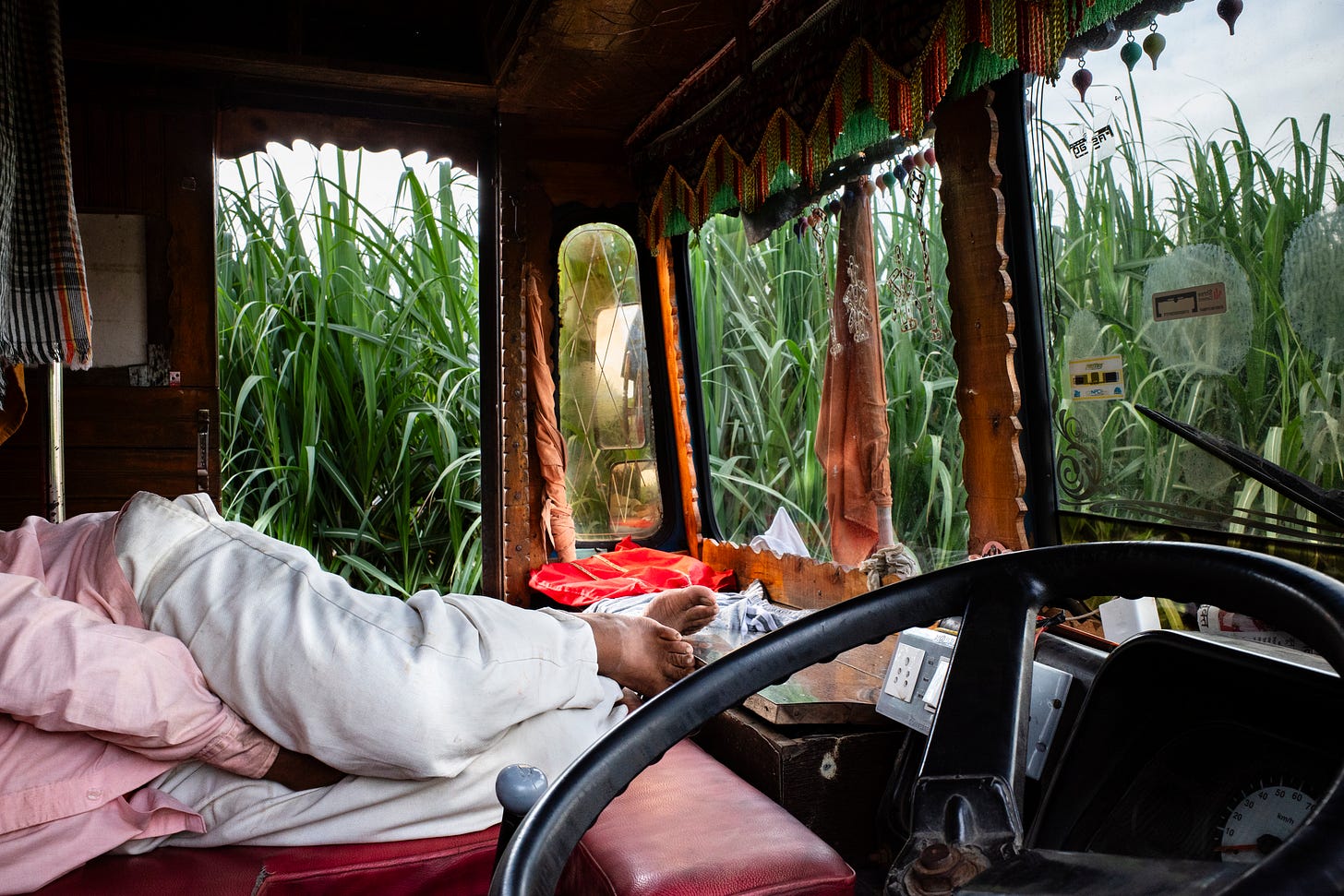
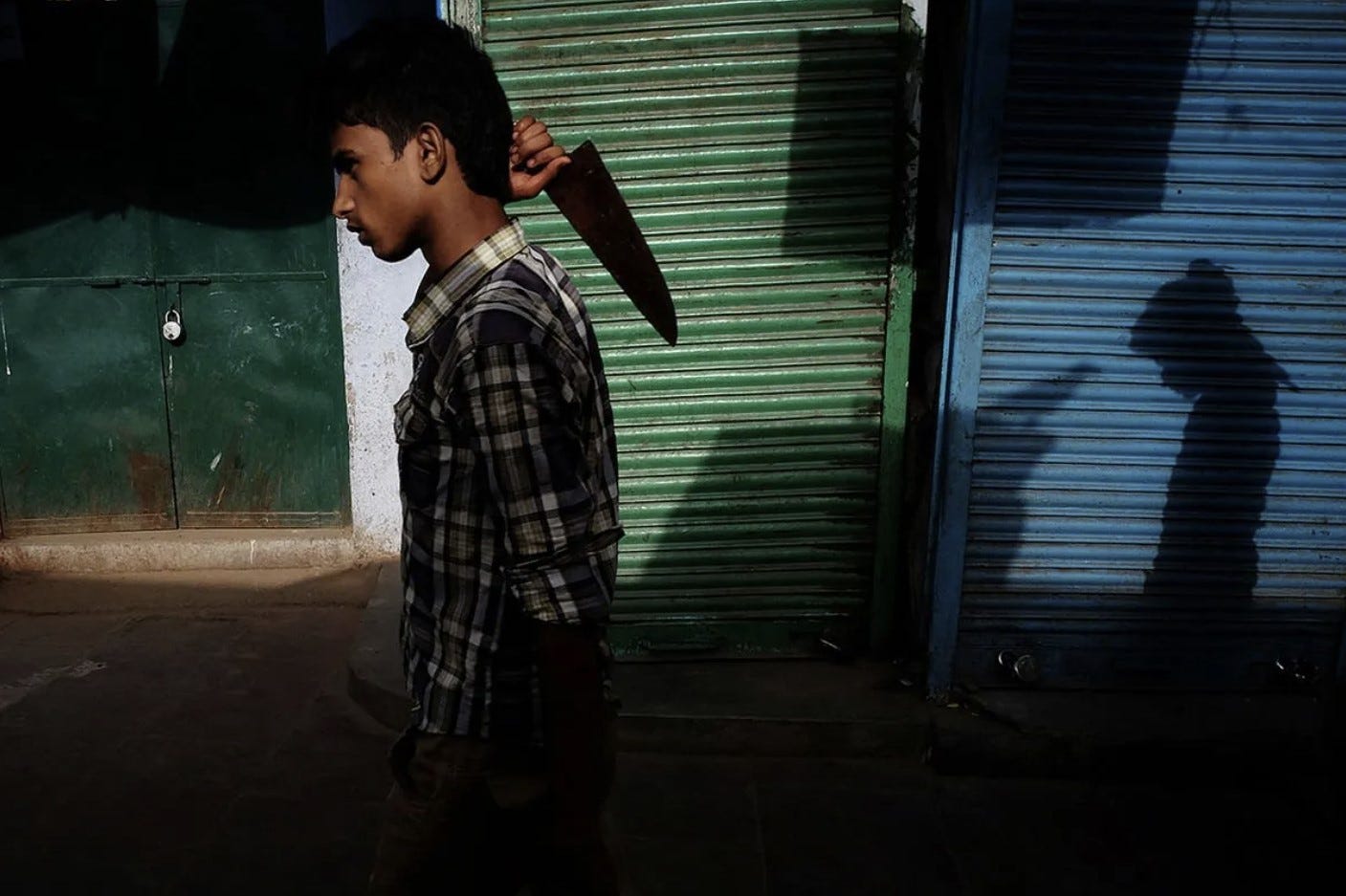
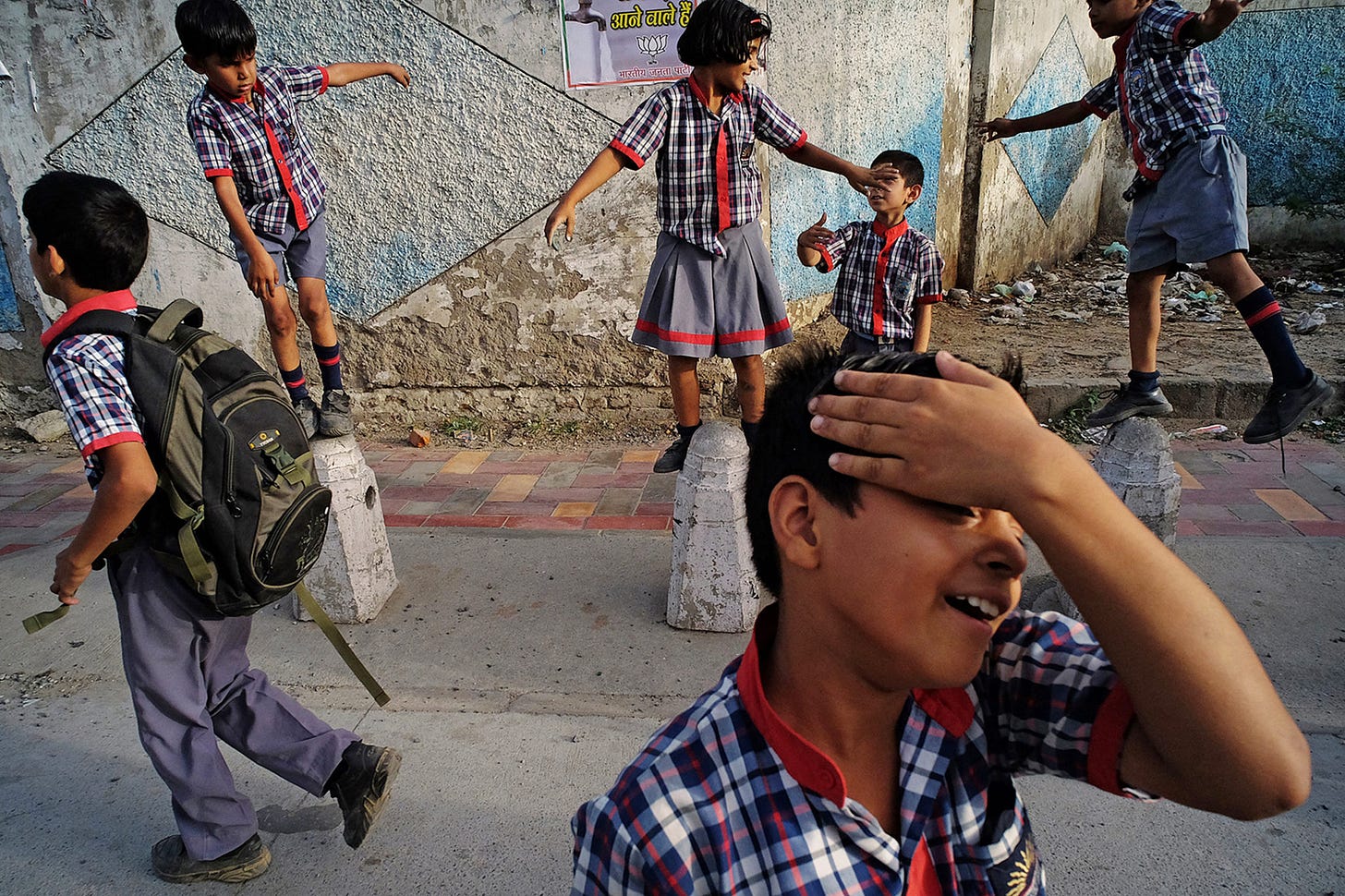
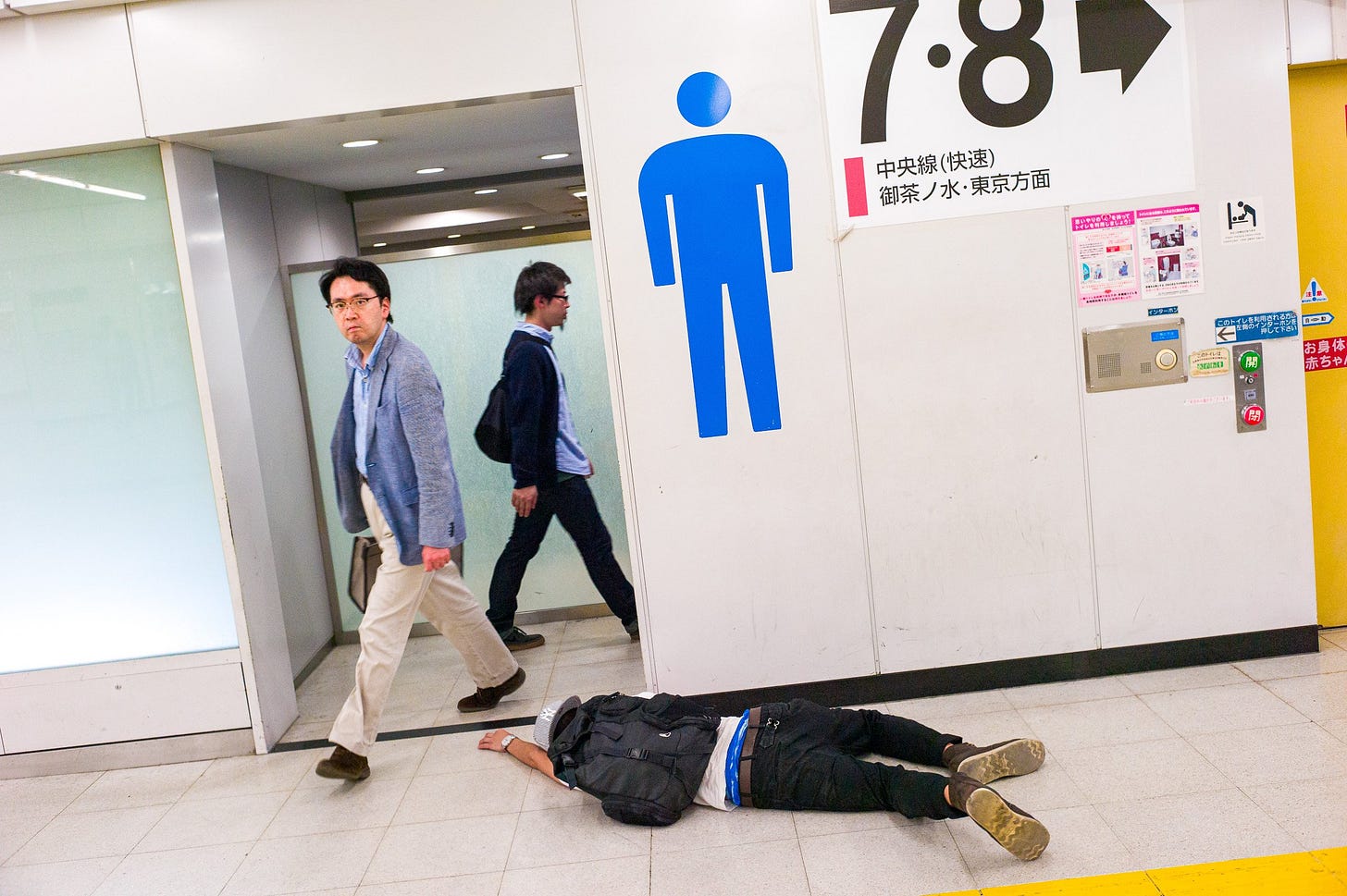

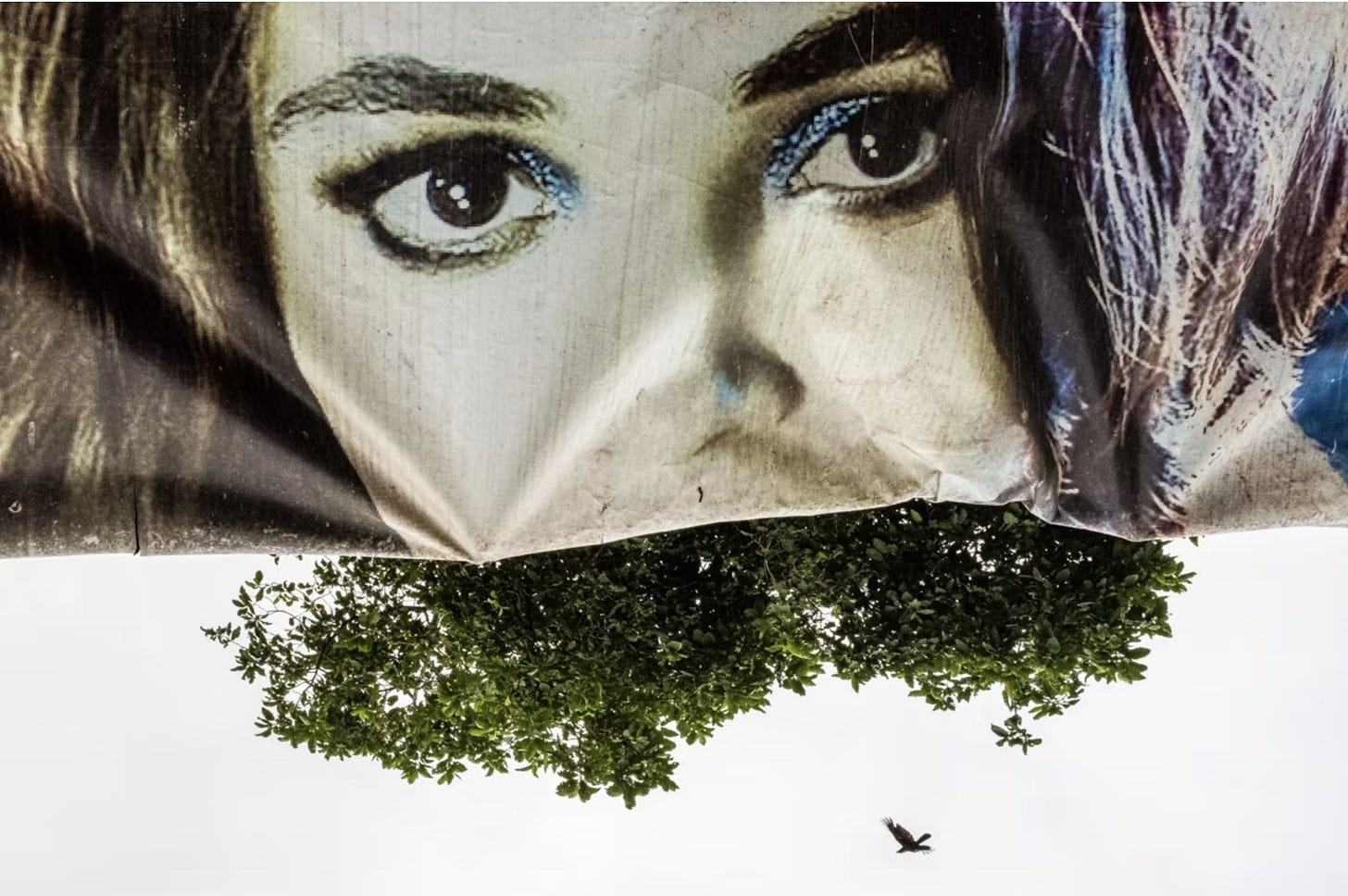
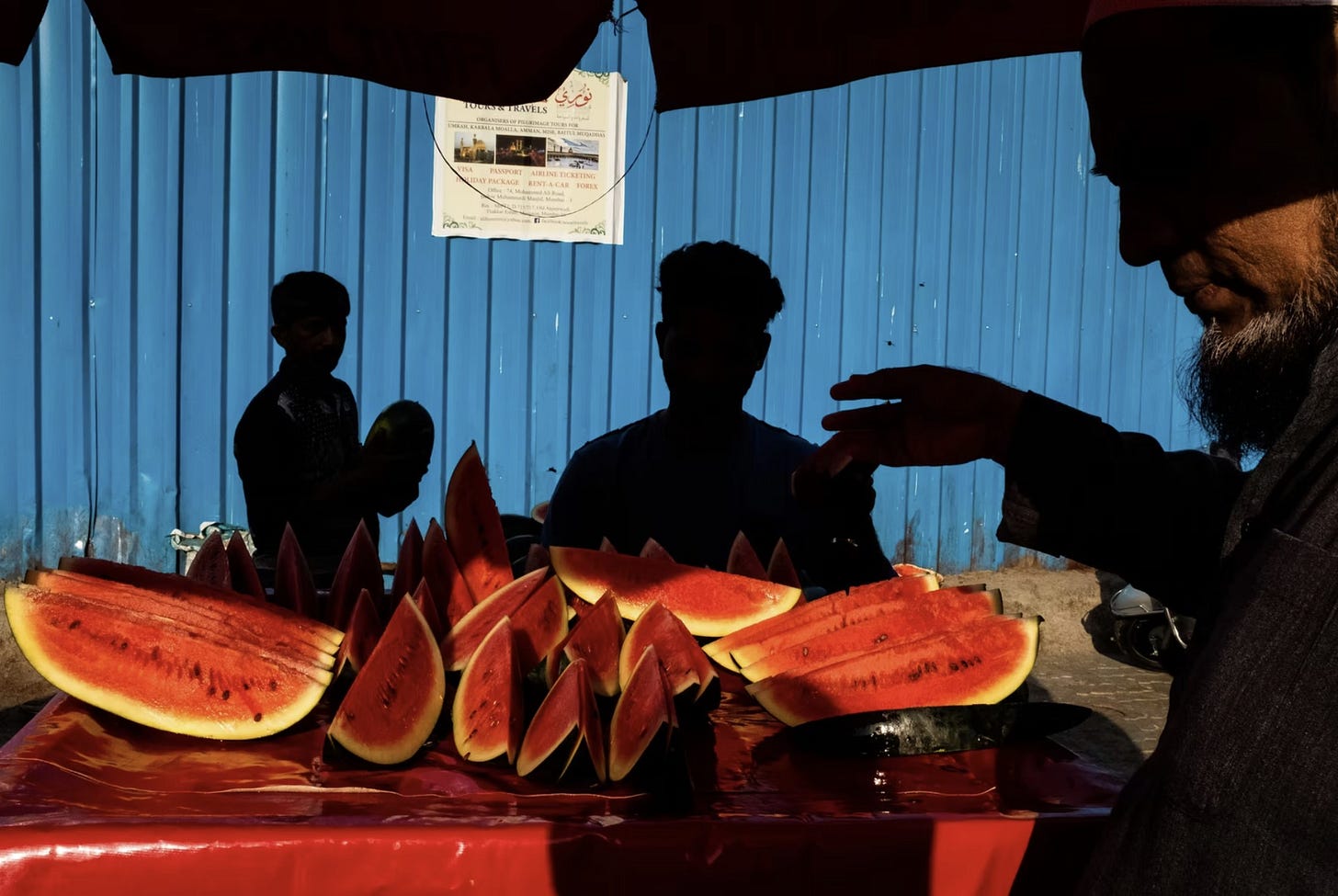

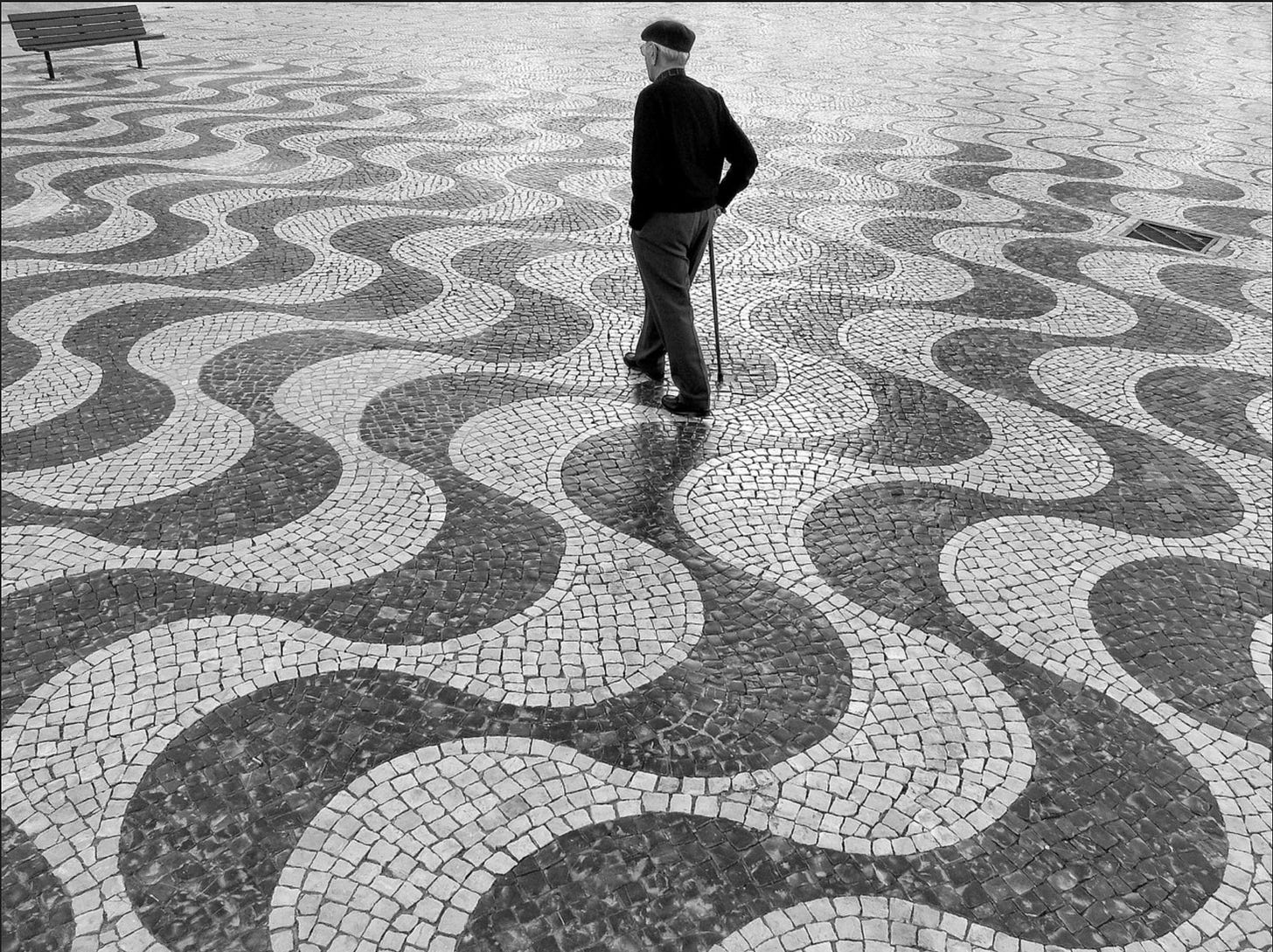

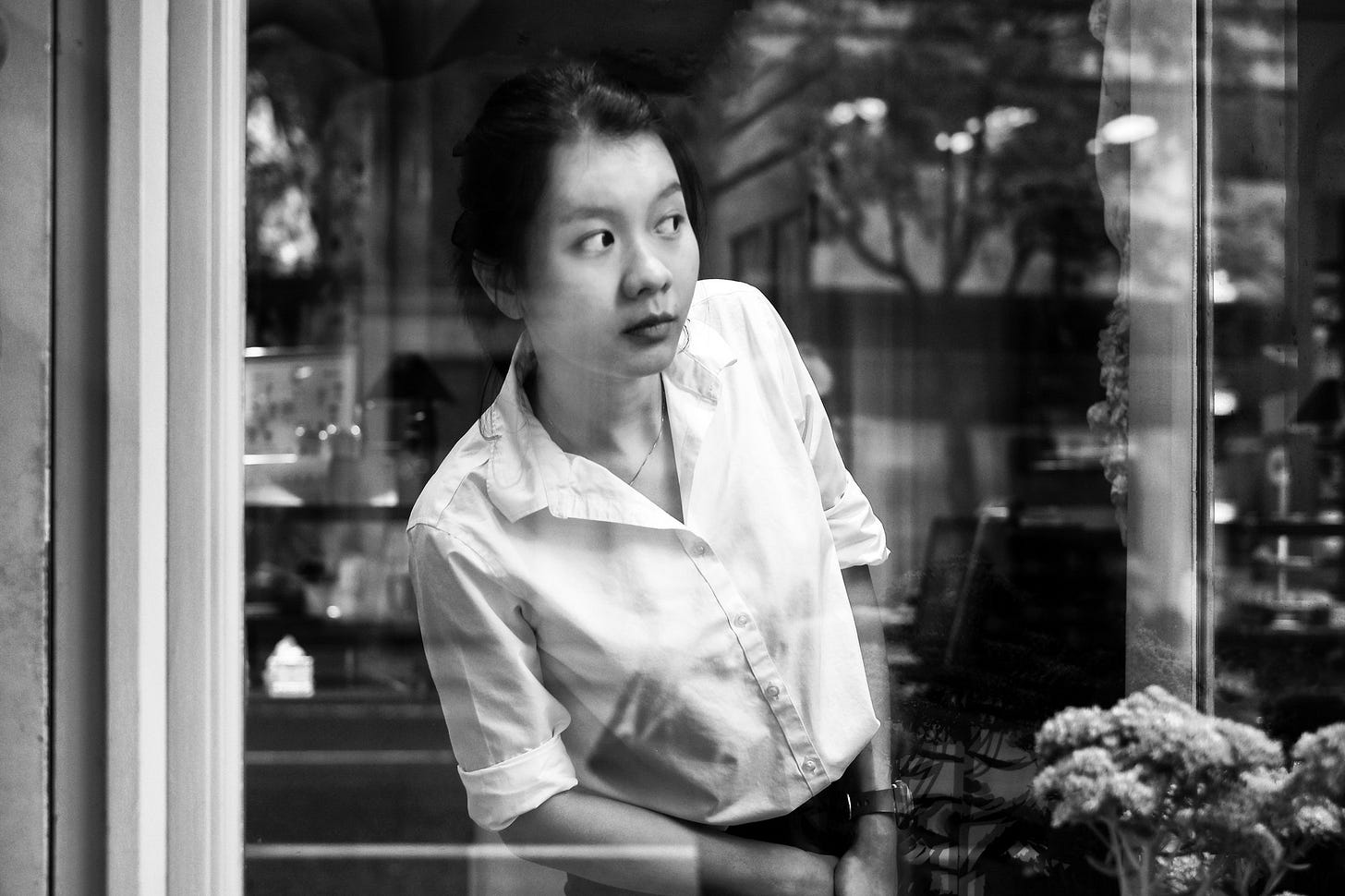
I found so many new photographers through this piece. Thank you Uday!
That truck cabin shot! Love it more than the rest :)